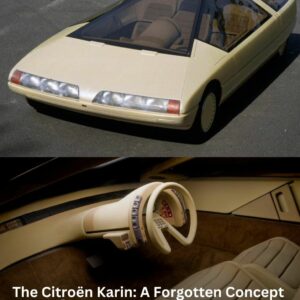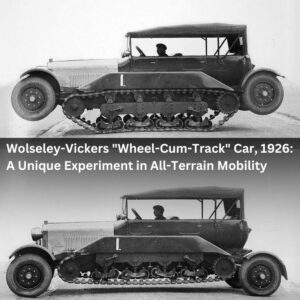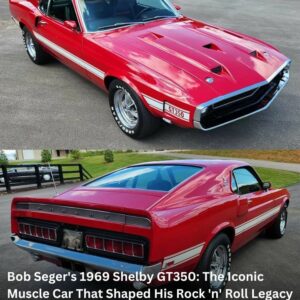In the world of automotive innovation, few stories are as compelling as the rise and fall of the Tucker Torpedo. Officially known as the Tucker 48, this unique car wasn’t just another model rolling off the assembly line. It was the brainchild of Preston Tucker, a visionary who sought to redefine the automobile, shaking up the traditional norms of the industry. Though it was short-lived, the Tucker Torpedo remains a symbol of bold ambition and technological ingenuity. This is the story of a dream that faced overwhelming odds and yet, still managed to leave an indelible mark on the automotive world.
A Visionary’s Dream
The year was 1946, and Preston Tucker’s vision was clear: to design a car that was ahead of its time. He wanted to create a vehicle that wasn’t just functional but embodied innovation, safety, and performance in ways no other car on the market could. At that time, the automotive industry was dominated by the “Big Three”—General Motors, Ford, and Chrysler—and these giants had their own ideas about what cars should be. However, Tucker envisioned something radical.
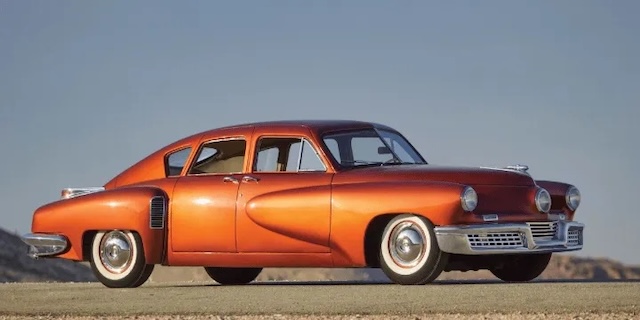
The Tucker 48, later called the “Torpedo,” was designed to be a safer and more advanced car than anything the public had seen. It boasted features like a rear-mounted engine, disc brakes, a pop-out safety windshield, and even a padded dashboard to protect passengers in the event of a crash. One of its most iconic features was the “Cyclops Eye,” a central headlight mounted in the front grille that would rotate in conjunction with the steering wheel, providing better visibility at night. The futuristic nature of the design set the car apart from the very beginning.
Video:
The Premiere That Almost Wasn’t
June 19, 1947, was a pivotal moment for Preston Tucker and his dream of revolutionizing the automobile industry. On this day, Tucker’s much-anticipated Tucker Torpedo was set to make its world debut at a grand event in Chicago. Over 3,000 people were expected to witness the unveiling of what was supposed to be a technological marvel—a car that would change the future of the automobile.
However, things didn’t go according to plan. The prototype, while impressive in concept, was far from perfect. During the event, the suspension arms of the vehicle broke under the weight of the car. The engine, though powerful, was unbearably loud, making it difficult for attendees to hear anything over the noise. To make matters worse, the prototype needed external power to even start, a glaring flaw for a car touted as the future of transportation.
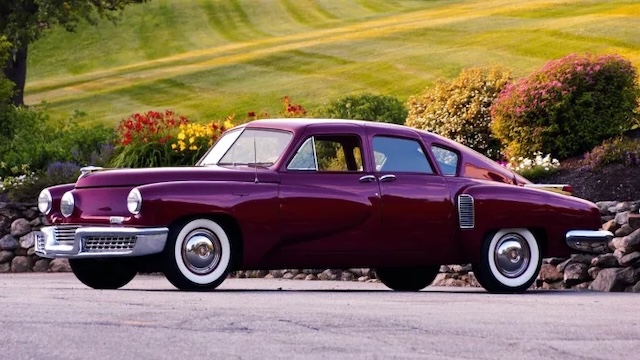
Yet, Tucker, ever the showman, didn’t let these setbacks ruin the event. He had the band play loudly to drown out the engine noise, and despite the technical glitches, the Tucker Torpedo still captured the imagination of those in attendance. What could have been a disastrous debut turned into a success, as the public’s curiosity was piqued. The car’s futuristic features and innovative design made it an instant subject of fascination, even if it wasn’t quite ready for mass production.
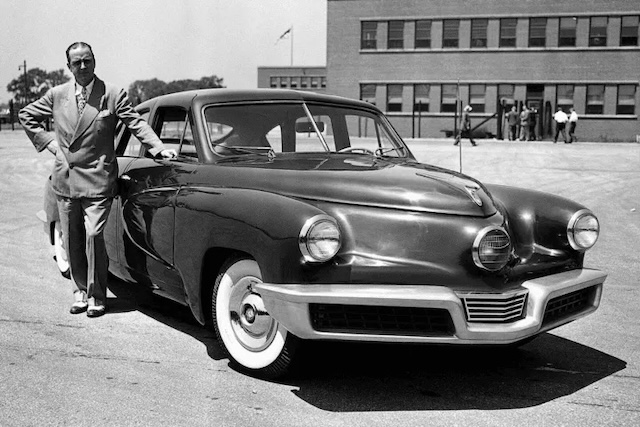
Innovation Meets Resistance
While the Tucker Torpedo was groundbreaking in its design and features, bringing it to market was not without its challenges. The car’s revolutionary innovations—including the use of disc brakes, a rear-mounted engine, and the rotating headlight—were ahead of their time. Many of these features wouldn’t become standard in vehicles for decades. However, it was not just the car’s forward-thinking design that faced resistance; the Tucker Corporation itself encountered significant obstacles.
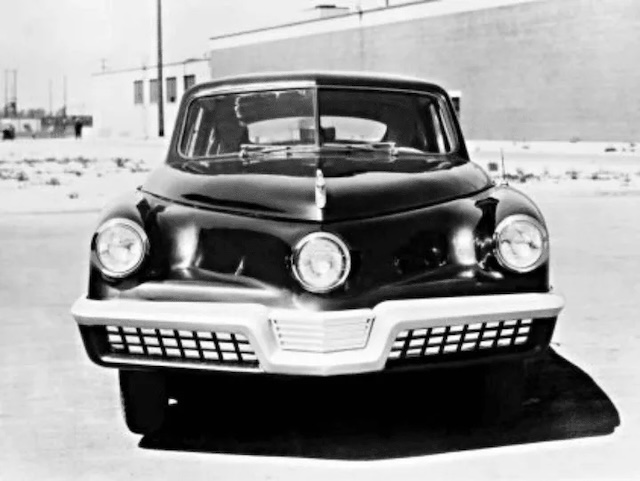
Tucker’s ambitious plans were thwarted by a combination of financial struggles, media scrutiny, and legal battles. Negative press, coupled with an SEC investigation into his company’s stock sales, created an atmosphere of distrust surrounding the project. Tucker was eventually involved in a high-profile stock fraud trial, from which he was acquitted, but the damage was done. Despite his acquittal, many believed that the powerful automotive industry players in Detroit saw Tucker as a threat to their dominance and may have played a role in his downfall.
The economic challenges proved insurmountable. In 1949, just two years after its grand debut, the Tucker Corporation declared bankruptcy. Only 51 Tucker Torpedos were ever built, including the prototype, leaving behind a rare and valuable relic of what might have been.
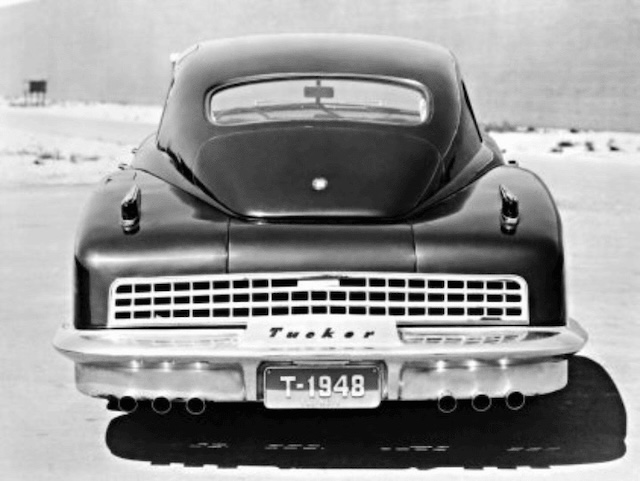
The ‘What If’ of Automotive History
As we look back on the story of the Tucker Torpedo, it’s impossible not to wonder what could have happened if Preston Tucker had succeeded in his vision. Would the automotive industry have adopted safety features like the pop-out windshield or disc brakes sooner? Would the use of the central rotating headlight, now common in modern cars, have become a standard decades earlier?
The Tucker Torpedo is often seen as the “car that could have been”—a symbol of what might have reshaped the entire automotive landscape. Imagine a world where the innovations Tucker introduced were the standard in every vehicle. What impact would this have had on car safety, efficiency, and design? While we can never know the full extent of Tucker’s influence had his company succeeded, the Tucker Torpedo remains a powerful reminder of the potential for innovation, even when faced with overwhelming adversity.
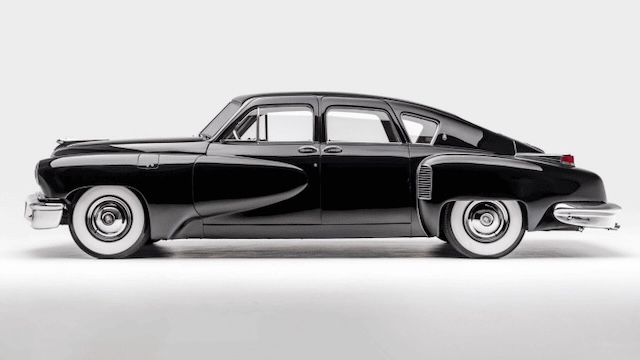
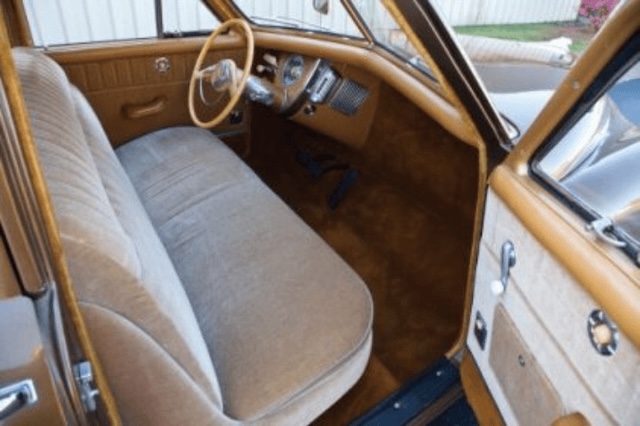
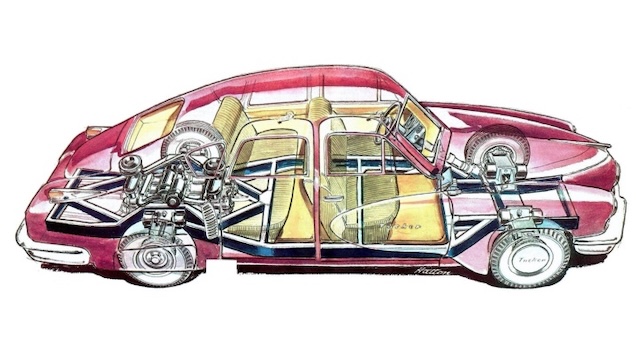
Conclusion: A Legacy That Lives On
Today, the Tucker Torpedo is regarded as an icon of American automotive history. Though its time in production was brief, the car’s impact on the automotive world cannot be overstated. It stands as a testament to one man’s dream to push the boundaries of what a car could be, even against the might of established industry giants. The legacy of the Tucker Torpedo lives on, not only in the few surviving models but also in the innovative spirit it represents.
For those who study the Tucker Torpedo, it’s not just about a car. It’s about a time in history when vision and reality collided, and when the future of automobiles seemed just within reach. The Tucker Torpedo might not have rewritten the rules of the road as Tucker hoped, but it left behind a lasting legacy—one that continues to inspire those who dream of changing the world.

